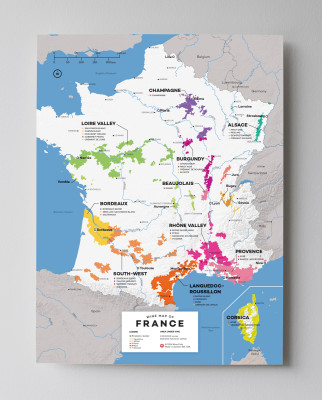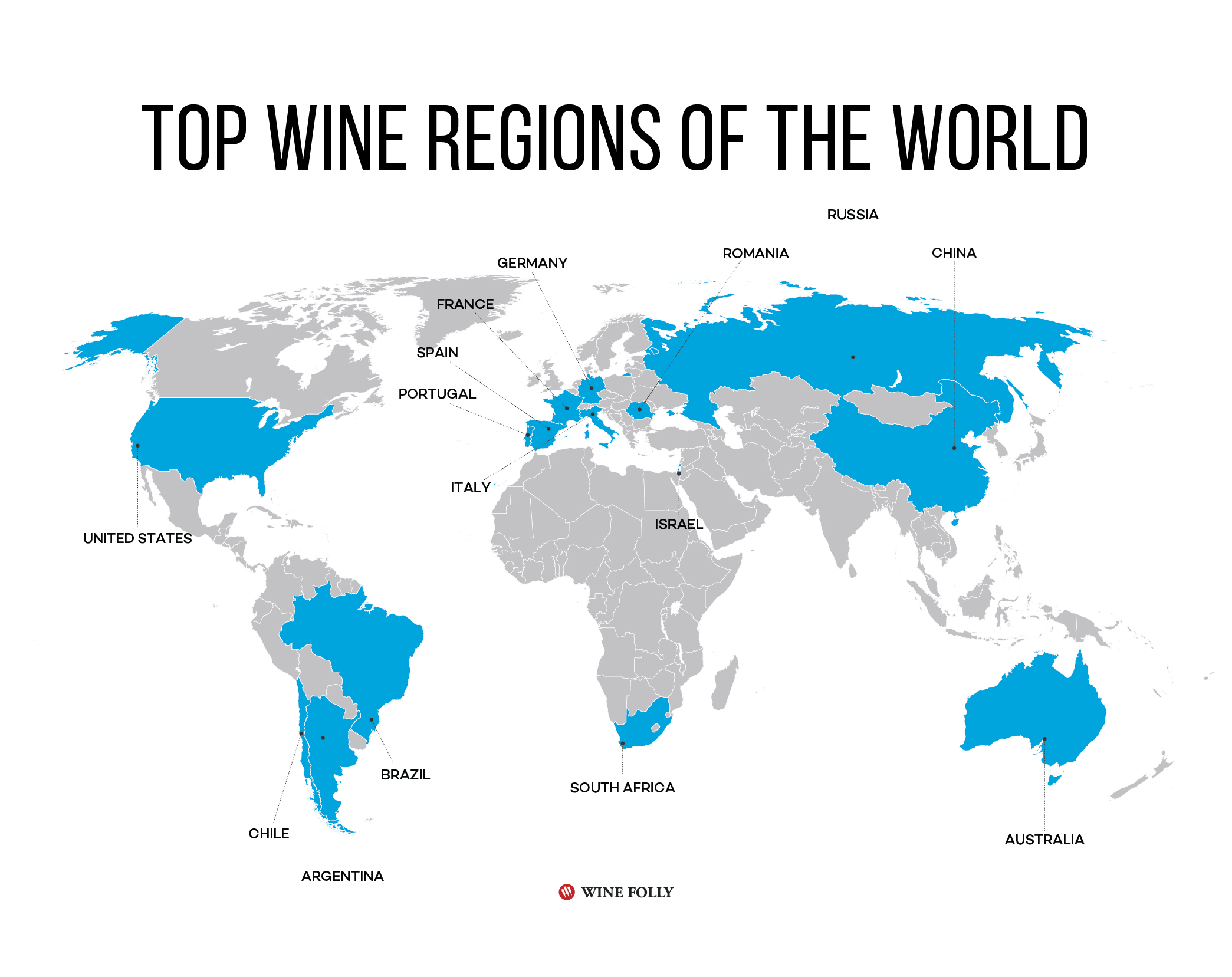

My invitation to attend the Naples (Florida) Winter Wine Festival came with the request that I create a Lot for their annual auction for the Naples Children and Education Foundation which is dedicated to improving the lives of under-privileged and at-risk children. On the 40th anniversary of this famous tasting, which revolutionised the world of wine, Steven Spurrier tells the illuminating back story The Lot is not the only river to have connected inland wine regions to Bordeaux the Dordogne connected Bergerac and Monbazillac, while the Garonne (via the Tarn) connected Gaillac and Fronton.All nine judges seated with Steven Spurrier sixth from the left and Aubert de Villaine, the co-owner of Domaine de la Romanee- Conti, at the head It wasn’t without good reason that Malbec was introduced to the vineyards of Bordeaux in the 18th Century. The Bordelais also benefited from the connection, not just because they imposed high taxes on the incoming wines, but also because they blended the dark, rich Cahors wines with their own, which in those times often lacked color and depth. This navigable link with the port of Bordeaux (and export markets beyond) was once of vital economic importance to Cahors’ winemakers. The Lot river rises in the hills of the Massif Central and winds slowly westwards through the southern French countryside before flowing into the Garonne, which then continues on to Bordeaux. Those on the gravelly slopes and terraces between the plateaux and the rivers turn out more approachable, fruitier wines. Those on the limestone plateaux of the area (known as the Causses) produce more tannic, longer-lived wines. The key vineyard sites for Cahors wines are roughly divided into two categories. The only neighboring wine region (other than the IGP Côtes du Lot that covers the departement) is that of the Coteaux du Quercy which lies immediately to the south and runs into the Tarn-et-Garonne. Roughly 20km (12 miles) wide (north-to-south), the area covers both banks of the river and its western boundary runs along the Lot's border with the Lot-et-Garonne departement. Vineyard areaĮntirely based in the Lot departement, the official Cahors viticultural area spreads for over 40km (25 miles) along a tightly meandering section of the Lot River around, and to the west of, the town of Cahors itself. The dry climate also means that vines experience slight hydric stress, forcing them to dig deep, strong root systems in search of water and also increasing the concentration of sugars and phenolic compounds in the grapes. Consequently, the risk of fungal issues in the Cahors vineyards is quite low, minimizing the amount of disease-preventive spraying required. Rainfall here is significantly lower than on the Atlantic coast (780mm a year, compared with 930mm in Bordeaux). This is important for Malbec and even more so for tannin-rich Tannat, which can be astringent if not properly ripened.

#World wine maps full
Summer days are warmer and sunnier than in Bordeaux, making it easy for the local vignerons to achieve full phenolic ripeness in their grapes. As a result, the climate here is subject to multiple influences: continental, maritime and Mediterranean. LocationĬahors lies roughly equidistant from both the Atlantic coast (to the west) and the Mediterranean coast (to the southeast). Cahors is invariably tighter and leaner than the rich, opulent style of Malbec being made in the variety’s new-found home in Mendoza, Argentina. The typical Cahors wine is darkly colored and has a meaty, herb-tinged aroma, with hints of spiced black cherries and a whiff of cedar. Interestingly, Cahors is the only red wine appellation in the South West that does not sanction the use of Cabernet Sauvignon or Franc. In wine terms it is known for its deeply colored reds made predominantly from Malbec (known locally as both Côt and Auxerrois), with small quantities of Tannat and Merlot. Cahors is a small town and red wine appellation in South West France, located 160km (100 miles) east of Bordeaux.


 0 kommentar(er)
0 kommentar(er)
